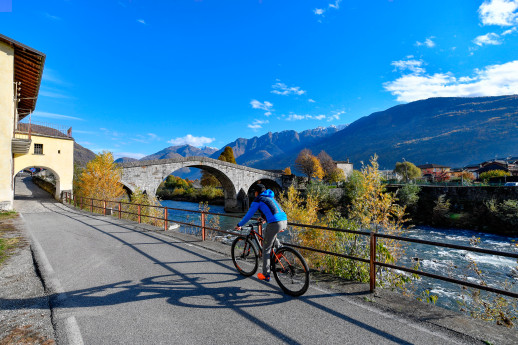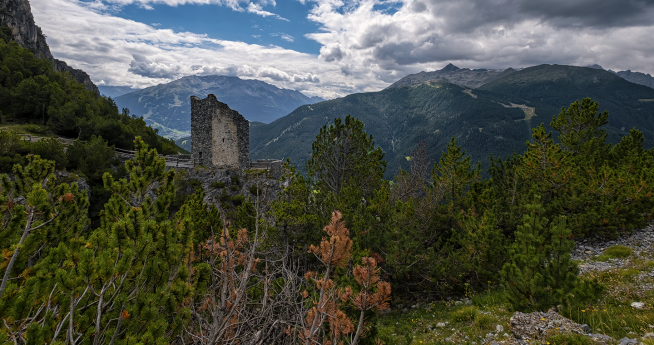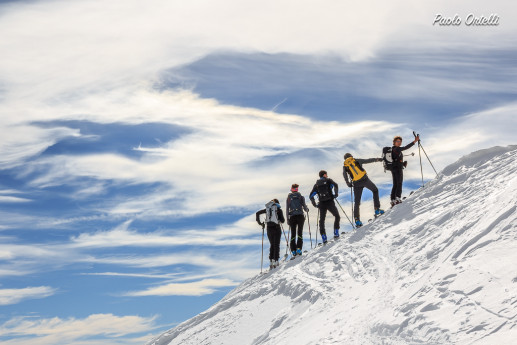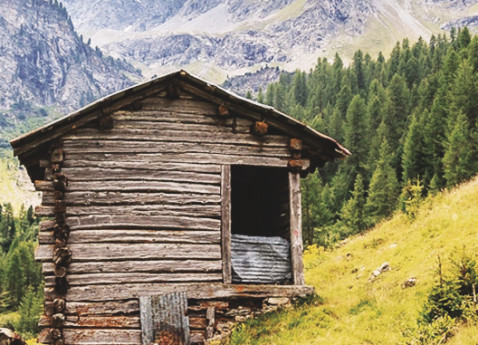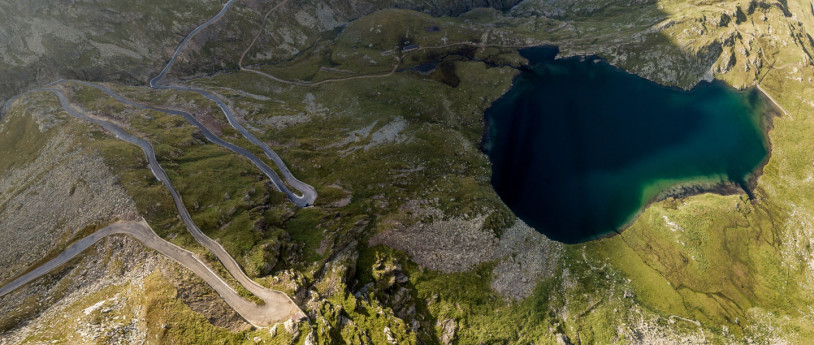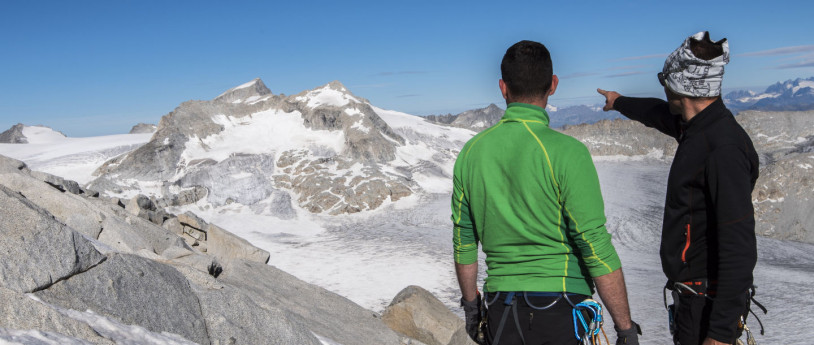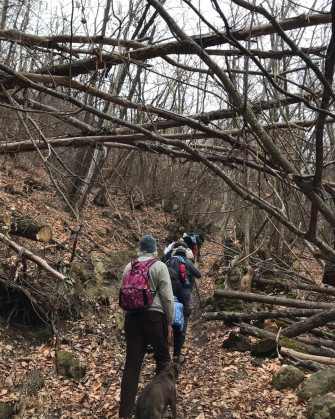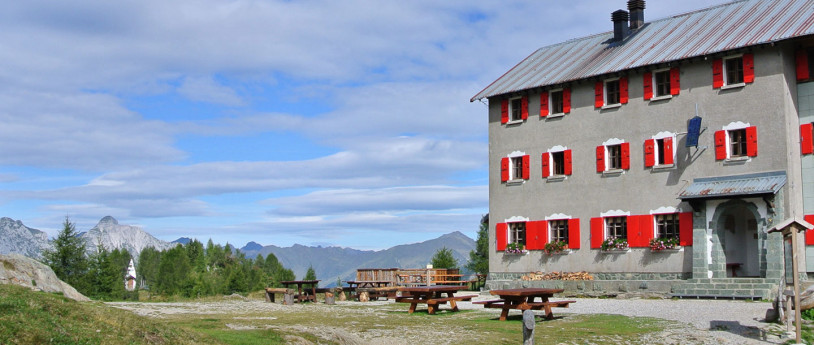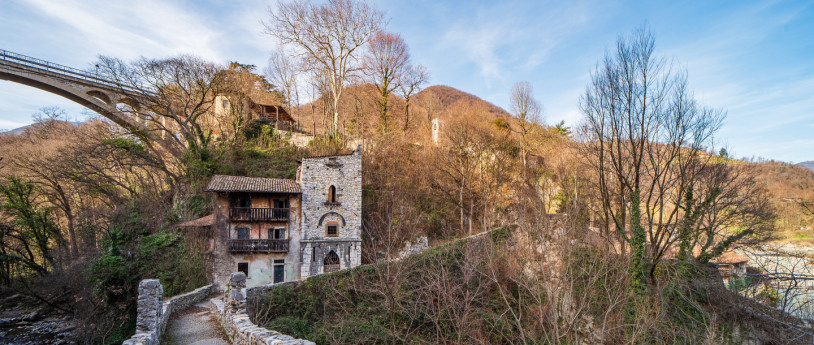Path of the Charcoal Kilns
I The Charcoal Kilns Path is a circular hiking route of approximately 13.53 kilometers that starts from S. Albano, follows a stretch of the Nizza stream up to its sources, passes through the village of Oramala, Pian del Re, then descends near the Oratory of San Giulio in Poggio Ferrato, reaches the "Acqua d'Uovo" chapel in Molino Cassano, the hamlet of Cassano Superiore, and ends back at S. Albano, where it began. From the parking area, after the S. Albano cemetery, you take the dirt path that runs along the banks of the Nizza stream. At first, you will encounter a sulfur spring, and later a brief detour leads to the "Partisan Cave," a cavern that bears witness to the dramatic moments of the Resistance in Val di Nizza. Returning to the main path, after a short distance, you arrive at the "Madonna del Turista" shrine, created in the 1970s by the Pavia sculptor Vittorio Grilli. When you reach the ford of the Nizza stream, the path continues along a route bordered by badlands—rocky walls eroded by the elements, creating a spectacular landscape. Further ahead, a small sulfur spring gushes, accompanied by a stone bench for those wishing to rest. After passing the Nizza spring area, you cross the "Eagle Path" coming from the "Castello di Verde" and leading to Oramala. Here, you need to take a detour and keep right until you reach a forest clearing, created long ago by humans to make way for the "Charcoal Kiln," a technique used to turn wood into charcoal, as explained by the plaques located on-site. Returning to the main path, you continue until you pass the ruins of "Riassa," then reach the provincial road Varzi - Val di Nizza. Continuing along the asphalt without deviations, you can quickly reach the village of Oramala, with its 11th-century castle. The ancient village, once classified among the most beautiful in Italy, and the Oratory of the Nativity of the Virgin Mary, dating back to the 14th century, are also of tourist interest. Returning from Oramala on the main route, you can choose an alternative path that descends to Cassano Superiore. This section offers picturesque views of Oltrepò, including the Montalto Pavese Castle. Following the main itinerary, you reach the lower plain of Pian del Re, where you can admire various centuries-old chestnut trees of unique shapes and sizes. In the same plain, there is still a pit that was used to build the "buried charcoal kiln," another technique used by the charcoal makers to produce charcoal. Climbing to the upper clearing, you can enjoy the entire arc of the Apennines, with Mount Penice on the left, followed by Cima Colletta, Lesima, Chiappo, Pian dell'Armà, Boglelio, and Giarolo. The equipped area at Pian del Re provides an opportunity for a break. After resuming the walk, you descend until you meet the Health Path. A brief detour leads to the Oratory of San Giulio, one of the oldest in Val di Nizza. Continuing along the main direction, you reach the "Cappelletta dell'Acqua d'Uovo" in Molino Cassano, where a small sulfur spring flows, dedicated to the memory of Robertino and Valeria Schiavi. From the sulfur spring, via the "ciaplera," an ancient stone-paved path, you reach Cassano Superiore, the junction point for the previously mentioned path variant. From this small and charming hamlet, you proceed to the concrete bridge crossing the Nizza stream, then into the village of S. Albano, and after passing the church with its "voltone," you reach the starting parking area. Equipment: hiking boots, rain jacket, trekking poles, camera, binoculars, water. It is recommended not to light fires, not to pick flowers, not to leave waste, and to respect animals. Recommended period: all year round, except for hunting days. Information: Cultural Association Friends of Poggio Ferrato poggioferratoass@gmail.com www.amicidipoggioferrato.com Tel. +39 333.7318669
